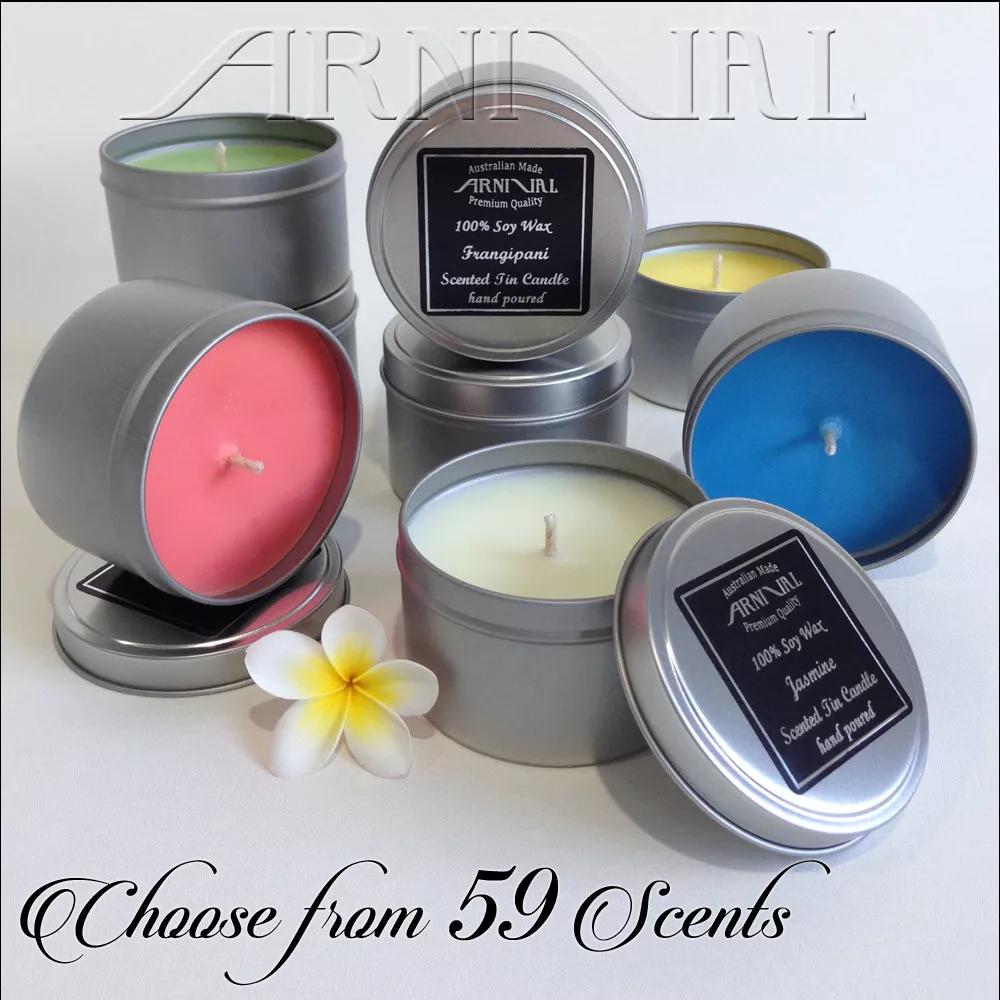Explore the Globe of Crystal Soy Candles and Home Fragrance Delights
Explore the Globe of Crystal Soy Candles and Home Fragrance Delights
Blog Article
From Wick to Wax: Understanding the Chemistry Behind Soy Wax Candles and Their Environmental Impact
As we brighten our areas with the cozy glow of candle lights, there lies a realm of intricate chemistry behind the apparently easy act of lighting a soy wax candle. The choice between soy and paraffin wax expands past plain visual appeals, delving right into the realm of environmental impact and the very structure of the materials. Understanding the molecular framework of soy wax and its burning process clarifies the discharges launched right into our environments. Join us as we decipher the scientific ins and outs behind soy wax candle lights and explore their implications on our atmosphere.
Soy Wax Vs. Paraffin Wax
When contrasting soy wax and paraffin wax for candle production, it is vital to recognize the distinct features and benefits of each product. Soy wax is an all-natural, renewable energy derived from soybean oil, making it environmentally friendly and naturally degradable - home fragrance. In contrast, paraffin wax is a result of oil refining, which raises concerns regarding its environmental impact and sustainability
Soy wax candle lights shed cleaner and discharge much less soot compared to paraffin wax candles, making them a healthier option for indoor air high quality. Additionally, soy wax has a lower melting point, enabling a longer-lasting candle light that disperses fragrance a lot more efficiently. Paraffin wax, on the various other hand, tends to burn faster and much less cleanly, possibly launching unsafe chemicals right into the air.
From a sustainability perspective, soy wax is preferred for its biodegradability and sustainable sourcing, straightening with the growing consumer choice for eco mindful items. While paraffin wax has been a conventional selection in candle light making due to its cost and simplicity of use, the shift in the direction of eco-friendly choices like soy wax is acquiring momentum in the sector.
Chemical Make-up of Soy Wax

Burning Process in Soy Candles
The chemical make-up of soy wax directly affects the burning process in soy candle lights, influencing aspects such as melt time, scent release, and environmental influence. When a soy candle light is lit, the warmth from the fire melts the wax near the wick. This fluid wax is after that created the wick because of capillary activity. As the liquid wax gets to the flame, it undergoes and vaporizes burning. The burning process includes the vaporized hydrocarbons in the wax reacting with oxygen airborne to create warm, light, water vapor, and co2.
The combustion effectiveness of soy candle lights is affected by the purity of the soy wax and the top quality of the wick. A clean-burning soy candle light with an appropriately sized wick will lessen and create a stable flame residue formation. This not only extends the shed time of the candle but likewise boosts the launch of scents. Additionally, soy wax candles have a lower ecological influence contrasted to paraffin candle lights as a result of their renewable and eco-friendly nature.

Environmental Advantages of Soy Wax

Thought about a sustainable option to typical paraffin wax, soy wax supplies notable environmental advantages that make it a prominent option amongst eco-conscious customers. Soy wax burns cleaner and generates much less residue than paraffin wax, adding to much better indoor air top quality and reducing the demand for cleansing and upkeep. Overall, the environmental benefits of soy wax straighten with the expanding demand for environmentally friendly and sustainable products in the market.
Recycling and Disposal Considerations
Reusing and proper disposal of soy wax candles play a critical function in keeping environmental sustainability and lowering waste in families and neighborhoods. When it comes to recycling soy wax candle lights, the initial step is to guarantee that the candle has burned completely.

In regards to disposal, if recycling is not a choice, soy wax candles are biodegradable and can be safely gotten rid of in most house waste systems. Nonetheless, it is constantly recommended to get in touch with regional recycling facilities or waste monitoring solutions for specific guidelines on candle light disposal to guarantee proper handling and environmental security.
Verdict
In final thought, the chemistry behind soy wax candles exposes their ecological benefits over paraffin wax candles. Soy wax, obtained from soybean oil, burns cleaner and creates much less soot when contrasted to paraffin wax.
When comparing soy wax and paraffin wax for candle making, it is vital to recognize the distinct features and advantages of each product (crystal soy candles).Soy wax candle lights melt cleaner and discharge less soot compared to paraffin wax candles, making them a much healthier option for interior air quality.Considered a sustainable choice to typical paraffin wax, soy wax offers significant environmental advantages that make it a popular selection amongst eco-conscious consumers. Soy wax burns cleaner and generates less check my blog residue than paraffin wax, contributing to much better indoor air top quality and lowering the requirement for cleaning and maintenance.In final thought, the chemistry behind soy wax candle lights exposes their environmental advantages over paraffin wax candles
Report this page